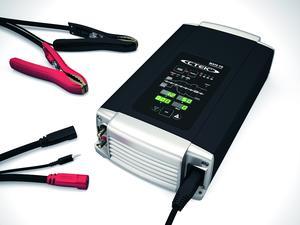

From there, all I had to do was download the software. The first thing I noticed with the units was that the Autohil cabling felt a bit thicker than the Oricom unit, although the Oricom unit comes with double sided tape to stick it to your battery, where the Autohil one doesn’t.Ĭonnecting the monitors was as easy as easing off the nuts on the battery connections, sliding the clips in, and tightening again. They are designed to simply connect across the terminals of the battery, and also have built in circuit protection in case you wire them the wrong way. Out of the box, both the Oricom unit and the Autohil unit are very similar. The other thing that can be great about a battery monitor is connecting one where your battery may not be easily accessible as it can save time trying to get access to it with a multi-meter. If it is outside the acceptable ranges, that could help indicate an issue with the alternator rather than the battery. If you are having issues with your vehicle, the monitor can check the charging voltage to make sure it is normal. The voltage is useful as a measure of charge of the battery – as the battery depletes, the voltage drops, and once it gets below a certain level (usually 12V or below), then the battery is considered discharged, and may no longer start your vehicle. It allows you to see how the voltage drops with usage, see the current condition of the battery, understand the cranking voltage, and also measure the charging voltage of the battery. But what exactly do they do?Ī Bluetooth Battery monitor allows you to track the voltage of your battery via your smartphone.

Both these devices are designed to connect to your battery and monitor the performance. The two battery monitors that I’ve reviewed are the Oricom Battery Sense Monitor, and the Autohil ABM2.
CTEK WIRELESS BATTERY MONITOR INSTALL
I recently got sent a few battery monitors, and thought I’d install them to see what the fuss is all about.


 0 kommentar(er)
0 kommentar(er)
